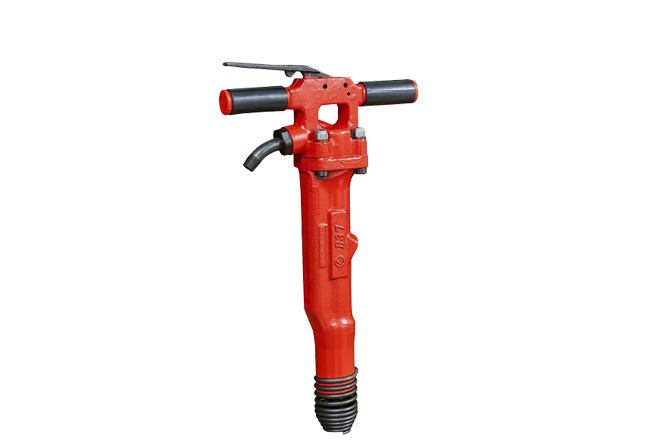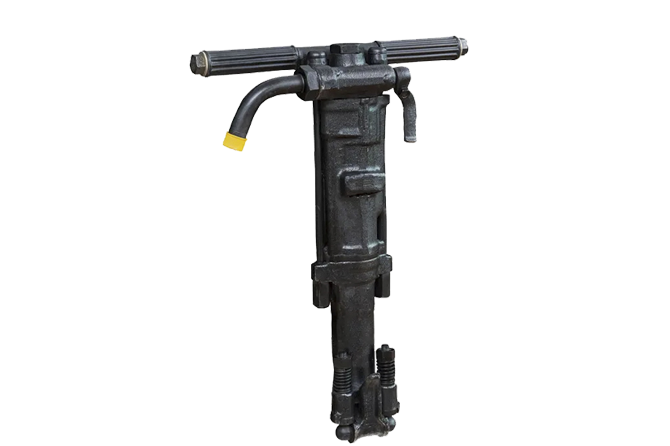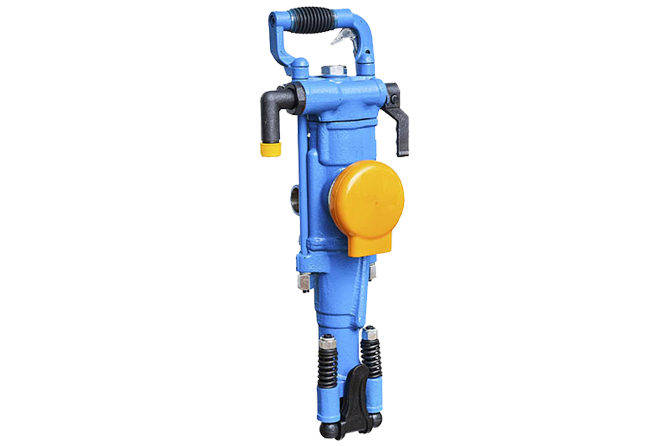Utilizing a jackhammer to crack down large stones can be a difficult task to master, yet it is a viable method of reducing boulders into more compact sizes. Successfully completing this venture requires the appropriate tools and insight. Herein, we’ll explore how to execute jack hammering on large rocks for maximum results.
Considering the immensity of large boulders, individuals jack hammering them should ascertain their size and mass beforehand. This will help to identify the right jack hammer for the job and the magnitude of power necessary to unshackle it. In this regard, it is critical to select a jack hammer that is potent enough to interrupt the boulder and sustainable for longer periods of time.
With the most suitable jack hammer selected, the next step is to properly set it up. Securely place the jack hammer on solid ground, ensuring that it’s leveled before beginning. To stable it further, implement wedges, planks or additional support materials if the boulder is positioned in an inconvenient spot. By doing this, there won’t be any accidental displacement while using the jack hammer.
Once you’ve set up the jack hammer, it’s time to begin the gradual process of breaking down the boulder. Start off slowly, delivering only light taps in order to gradually build pressure. Pushing too hard too quickly can damage either the tool or the stone, so take your time and apply the force step-by-step.
The transformation of the boulder into a field of smaller stones is made possible using a shovel or comparable instrument. Before doing so, ensure to adorn the appropriate defensive gear like safety glasses to protect yourself from any hazardous actions you may take in the jackhammering or destruction of the rubble.
Big rocks don’t stand a chance against a skillful jack hammer operator. To do the job right, however, you must be aware of proper safety steps and have the correct tool in your hands. But with patience and the right technique, you can rapidly reduce even the largest stones to rubble.
If there is a large boulder that needs to be fragmented, jackhammering is the best way to do it. This tool is equipped with great power that can help break apart any boulder with precision and accuracy. However, while the process may seem effortless, it takes skill and expertise to properly move a jackhammer and work your way through enormous rocks without putting yourself in harm’s way. Therefore, do double-check that it is done correctly before starting on any construction or demolition project.
Before starting to tackle the project with a jackhammer, it is paramount to analyze its specifications first. Pay close attention to the immensity and mass of the boulder in question, plus the substance from which it is created. Knowing this information will help you single out the most appropriate jackhammer along with the correct bit for the job. If you’re dealing with a large boulder, we advise you to employ a heavy-duty jackhammer plus a chisel bit.
Now that the appropriate jackhammer and bit have been chosen, make sure you don a pair of safety glasses, a hard hat, and stable steel-toes to begin the labor. Remember to ensure adequate air circulation as well, for using a jackhammer stirs up large amounts of dust.
Before commencing, it is imperative to define the area where the jackhammering will commence. Doing this will ensure that the pieces of the boulder are contained and easily retrievable. Additionally, it is wise to devise a strategy for systematically splitting up the boulder in order to monitor its chunks. Begin by inserting the bit at one end of the boulder, then use the jackhammer to chip away small portions at a time. Continue this approach until the boulder has been divided into multiple segments.
Once the mammoth rock has been divided, you are able to start the process of expelling the fragments. Depending on the magnitude of the boulder, you may need to employ a shovel or crowbar as assistance in transporting them. It is essential to be deliberate and mindful when dealing with the components.
Jackhammering large boulders can be no easy feat – especially when it comes to safety precautions and ensuring the right tools are being used. To make sure these larger rocks are handled effectively and safely, here are some useful tips for you to remember.

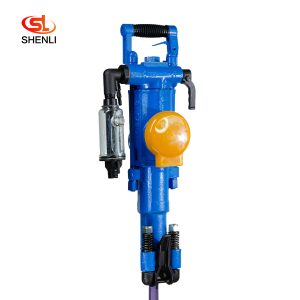
Short Description: YT29A air-legged rock drills are heavy-duty push-leg (air-legged) rock drills with low energy consumption, which are more suitable for drilling horizontal or inc […]
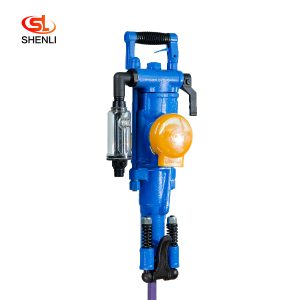
Short Description: The YT28 air-leg rock drill is a kind of high-efficiency, energy-saving and environmentally friendly rock drilling equipment. Compared with similar pneumatic pro […]
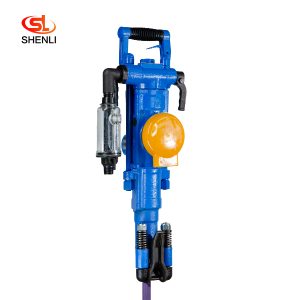
Short Description: The YT27 air-legged rock drill is a highly efficient lightweight rock drill suitable for downward or inclined drilling in medium-hard or hard (f=8 – 18) ro […]
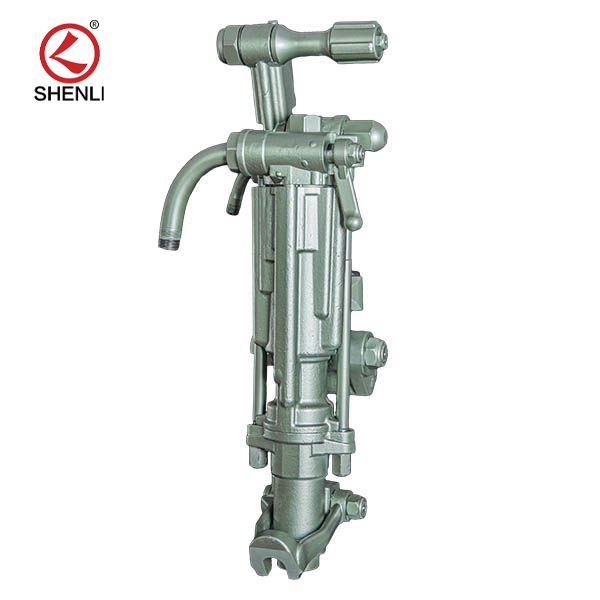
Product description: (S250 jackleg Drill) has been the preferred choice of miners who demand high performance, superior control and lasting reliability. the S250 jackleg allows ope […]
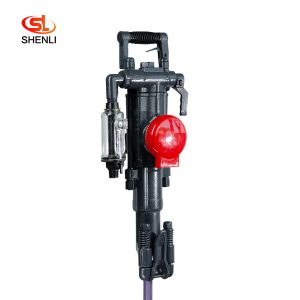
Scope of application: Model S82 air-legged rock drills are heavy-duty air-legged rock drills with high efficiency and low consumption, which are especially suitable for use in the […]
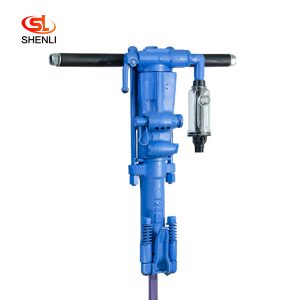
Product introduction Y26 hand-held rock drill is mainly used for drilling shell holes and secondary blasting in mines, railroads, water conservancy, and rock works, which can dry a […]
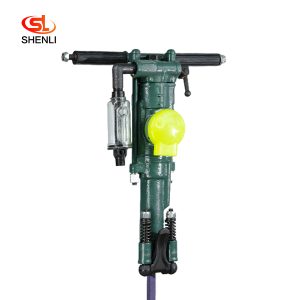
Product description: Y24 hand-held rock drill is a variant of YT24 air-leg rock drill in our factory. It has the advanced level in China and was rated as the high quality product i […]
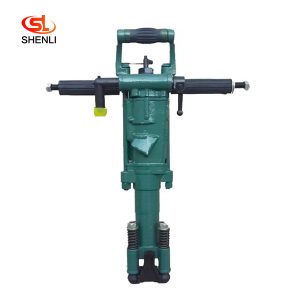
Product description: Y20LY hand-held pneumatic leg dual drill is a kind of light rock machinery, which can be used in secondary blasting in mines and quarries as well as in stone w […]
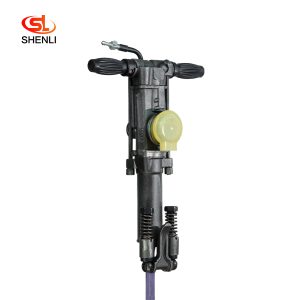
Product Description: Y18 hand – held and air – leg drill is suitable for drilling and blasting holes on soft, medium and hard rocks and W-1.5/4, W-1.8/5, W-2/5 and othe […]

